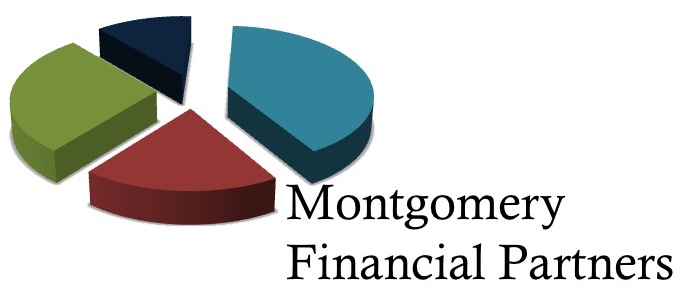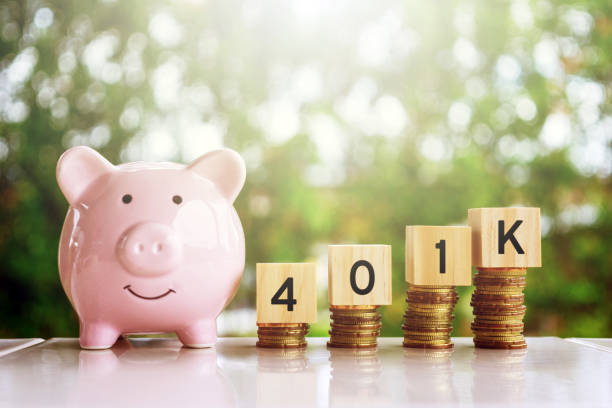A 401(k) plan is one of the most powerful retirement savings tools available to workers, offering tax advantages and the opportunity for employer contributions. However, the way you manage your 401(k) will evolve as your career progresses. Whether you’re just starting out or nearing retirement, maximizing your 401(k) at each stage of your career can set you on a path to financial security in retirement.
Early Career: Start Strong, Invest for Growth
In your early career, your priority should be to start contributing to your 401(k) as early as possible. Time is your greatest ally, and the earlier you begin saving, the more you can take advantage of compound interest. Even if you can only contribute a small amount initially, the key is to get started.
-If your employer offers a match, contribute at least enough to take full advantage of it. This is essentially free money, and missing out on it is like leaving money on the table.
-In your 20s and 30s, you have time to recover from market volatility. This is the perfect time to allocate a larger portion of your 401(k) to equities or stocks, which historically have provided higher returns over long periods.
-Make saving effortless by setting up automatic payroll deductions. Even if you can only afford to contribute a small percentage of your salary, consistently contributing will add up over time.
Mid-Career: Increase Contributions and Diversify Investments
As you progress in your career and begin earning more, it’s time to take a more active approach to your 401(k) contributions and investments.
-Try to increase your contributions annually, or at least as your salary increases. Aim to contribute the maximum allowed by law if possible. For 2025, the contribution limit for those under 50 is $23,000, with a catch-up contribution limit of $7,500 for those 50 and older.
-As you approach mid-career, you may want to gradually shift from riskier investments like stocks to more conservative options such as bonds or target-date funds that automatically adjust their mix of stocks and bonds based on your retirement timeline. However, maintaining some exposure to equities is crucial for continued growth.
-If your employer offers a Roth 401(k) option, it can be worth considering, especially if you expect your tax rate to be higher in retirement. With a Roth 401(k), your contributions are made after-tax, but qualified withdrawals are tax-free.
Pre-Retirement: Catch Up and Protect Your Nest Egg
As you near retirement, your focus should shift to preserving the wealth you’ve built while still contributing to grow your nest egg.
-At age 50 or older, you can make catch-up contributions. Take advantage of this increased contribution limit to give your retirement savings a final boost before retirement.
-As you get closer to retirement, it’s crucial to ensure your portfolio is aligned with your goals. A more conservative allocation with less exposure to equities might make sense, but still maintaining some growth-oriented investments can help protect your purchasing power from inflation.
-Start thinking about how and when to begin withdrawing from your 401(k). It’s also important to consider your required minimum distributions (RMDs) once you turn 73, which will affect how much you withdraw each year.
Maximizing your 401(k) requires ongoing attention throughout your career. By starting early, increasing contributions, diversifying investments, and fine-tuning your strategy as you approach retirement, you can build a strong financial foundation for your future.
Questions?
If you have questions about maximizing your 401(k) to help you achieve financial security in your golden years, or want to learn more about 401(k) plan for small businesses, please don’t hesitate to reach out!


Recent Comments